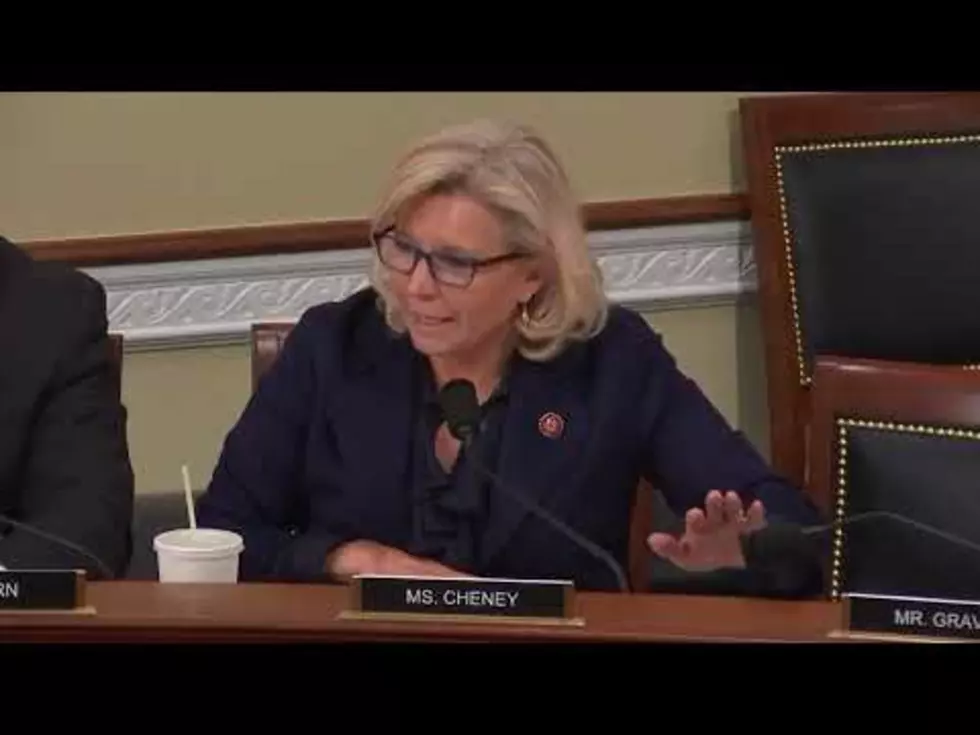
Responding to Severance Tax Loss: No Tax Hikes, Please
Last week I explained that the U.S. Department of Interior is withholding 5.1 percent of the severance taxes that they owe Wyoming for 2013. Another two dozen states will also lose money, though with $53 million Wyoming is by far the biggest loser.
While $53 million is a drop in the bucket compared to total state spending, the legislature has proven that even small amounts like this can cause major problems when it is time for appropriations. The battle over the extra dime on the fuel tax is one example; the governor’s budget cut proposals another.
This is unfortunately what one can expect when state spending is at the maximum of what the economy can pay for in good times. The slightest aberration in revenues can cause ripple effects throughout the state budget. It would be advisable for the legislature to set a course toward more restrained spending (for an analysis of the benefits of such reforms, click here, here and here) in order to avoid a close encounter with fiscal panic every time there is a drop in revenues.
However, until the state legislature takes on long-term spending reforms, we are stuck with a situation where our lawmakers apply short-sighted patchwork fixes to revenue drops such as the one now coming from the Department of Interior. This means that we can expect either quick-fix spending cuts – or quick-fix tax increases.
Given that our state’s economy is performing very poorly, the former is preferable to the latter. Spending cuts of the magnitude we are talking about here can easily take place without any significant repercussions for the state economy as a whole.
Tax increases, on the other hand, can make a big, negative splash in the economy. This is the case even with small hikes, if executed at the wrong point in time. (For those interested in a more theoretical explanation of why, please see this article.) Therefore, in order to anticipate proposals for tax hikes, and hopefully discourage anyone from pursuing them, I have taken the liberty to prepare a list of tax hikes that could possibly surface as a remedy for the severance tax loss. The list comes with a price tag for each increase – here are the state-only increases:
- Increase in the fuel tax, 7 cents: up to 875 fewer private jobs per year than if there was no tax increase;
- Increase in the state sales tax by 0.25 percent: 1,250-1,350 private-sector jobs;
- Split fuel-sales tax solution, three cents on the fuel tax, 0.1 percent on the sales tax: 960 private-sector jobs per year.
These simulations take into account the recent rise in the gasoline tax and assume that he federal government will continue to withhold 5.1 percent of our state’s severance tax money.
We could also imagine that the state passes on the $53 million to local governments, with the intention of having them raise taxes as compensation. This could, e.g., lead to increases in local household property taxes, a measure that would cost an average of 900 private-sector jobs per year.
A rise in the local corporate property tax would have no identifiable effects, but that does not mean it would be a wise thing to do. Businesses in a rural state like Wyoming are very sensitive to marginal changes in their cost structure, primarily for two reasons: long travel and transportation distances, and the relatively high cost of health insurance. Even a small rise in the property tax could be the straw that breaks the camel’s back for many small, non-minerals businesses.
It is understandable that Governor Mead and our legislators are angry about the withholding of severance tax money. It is also understandable that they are concerned about the effects that this is going to have on the state budget, especially if this turns out to be a permanent change in our severance tax revenues.
That said, there is absolutely no room in the Wyoming economy for rash, quick-fix measures for the state budget, especially not tax increases. Our elected officials should take this revenue loss as a warning signal and start considering long-term, structural spending cuts to reduce our dependency on the federal government – and bring the state budget more in line with the essential functions of government.
—
A methodological note: The jobs estimates reported here were produced by Wyoming Liberty Group’s macroeconomic Computative General Equilibrium (CGE) model. This model, developed by the Beacon Hill Institute at Suffolk University in Massachusetts, represents the Wyoming state economy and allows for simulations of various fiscal-policy measures. A CGE model is built around a default forecast of the economy over a series of years. This forecast essentially shows a path that the economy will take if there are no changes to major economic variables. It is up to the model developer to define what major variables to study; in our case, those variables are non-federal taxes. When simulating the effect of a change to a tax, the model compares the default forecast to a scenario with the new tax. The difference is a loss or gain of jobs compared to the default trajectory. This does not mean that a loss of, say, 500 private-sector jobs is a loss compared to today. Instead it means a loss compared to a scenario with no change to taxes.
More From KGAB




![How Wyoming taxpayers dodged a bullet [OPINION]](http://townsquare.media/site/99/files/2019/04/gettyimages-150755757-594x594-2.jpg?w=980&q=75)

![Miller Moths Invade Cheyenne [PHOTOS, VIDEO]](http://townsquare.media/site/99/files/2018/06/miller-moth.jpg?w=980&q=75)
![Wyoming Needs More Human Clocks Displaying Beauty of State [Commentary]](http://townsquare.media/site/99/files/2017/05/77248291.jpg?w=980&q=75)

